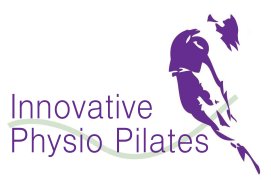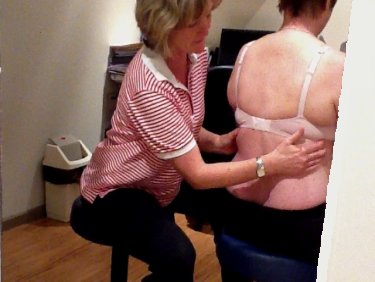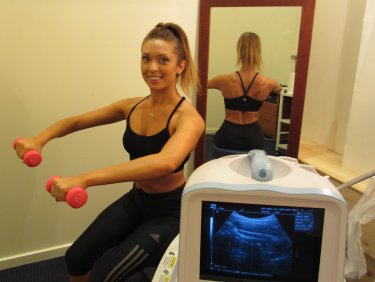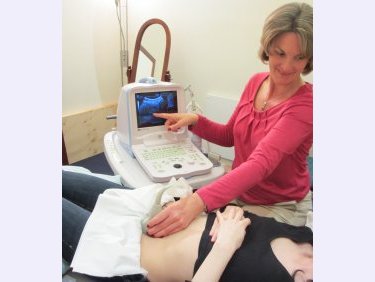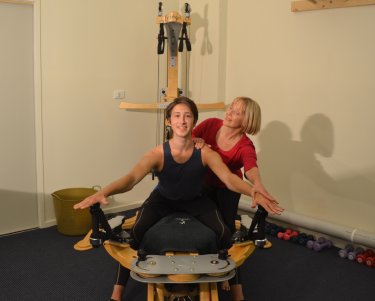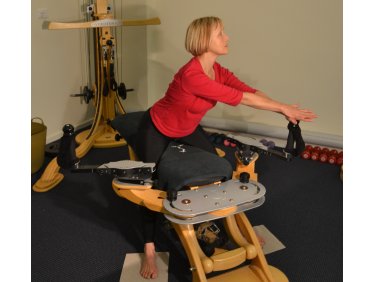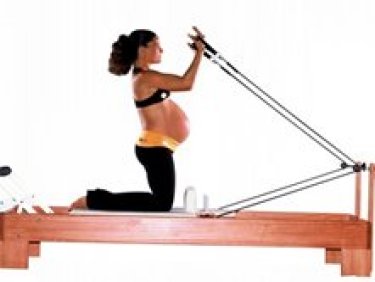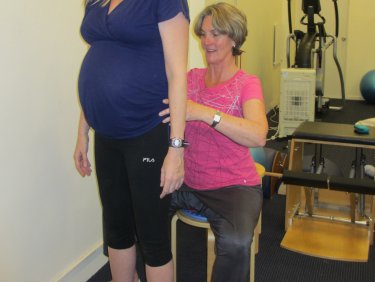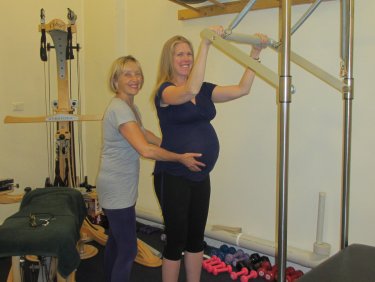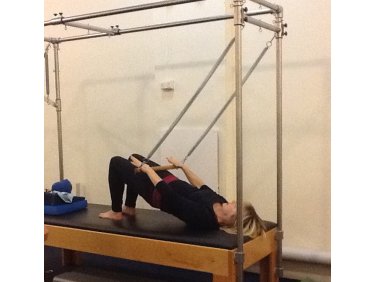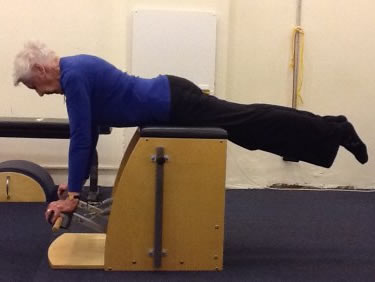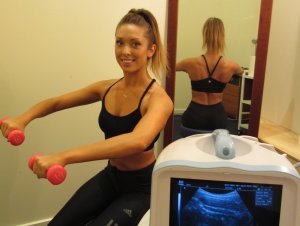Acute low back pain
Acute low back pain refers to pain in the lower back which has lasted for less than 12 weeks. The lower back is the region of the body where the lumbar spine is located. The lumbar spine is the bottom section of the spine and consists of five bones (vertebrae). Between these vertebrae are structures called discs which act as shock absorbers. There are countless muscles acting on the lumbar spine and a number of strong ligaments which provide the spine
with stability. Many of these structures can be involved when you
experience acute low back pain.
Lower back pain can unfortunately happen to anyone at any time. Around 70% of Australian adults will experience lower back pain at some point during their life.
What causes back pain?
Acute low back pain can be caused by many factors such as:
• trauma (fall, car accident, lifting)
• muscle imbalances (postural issues)
• existing medical conditions
• rheumatological conditions.
Injuries can happen when you do something new, different or
strenuous, such as lifting heavy items or playing a new sport.
The pain may also occur because of a build-up of stress on
the back that gradually turns into an injury. Although serious
causes of back pain are rare, it is important that you have your
condition assessed by a qualified health professional such as
a physiotherapist. This is particularly important if your back pain
is associated with other symptoms like fever, unexplained weight
loss, pins and needles or numbness, or if your pain was caused
by a high velocity trauma such as a car or sporting accident.
What should you do?
At the first sign of back pain, there are a few simple things
you can do to provide short term relief and give your back
the best chance of healing quickly.
• Stay active:
It may be tempting to stay in bed, it is
important to keep moving as much as you comfortably
can. By doing this, you can prevent stiffness and relieve
muscle spasms. Your physiotherapist can prescribe
a gentle exercise program tailored to suit your condition.
They can also gradually progress your exercises to help
you return to normal function as soon as possible.
• Use heat: Heat has been shown to improve pain and
function during the first 48 hours of back pain. A few
easy options are heat wheat bags and hot water bottles.
Make sure you test the heat before you apply it.
• Find comfortable positions:
Although you should
remain as active as possible during the early stages of
back pain, there are times when you need to be lying
or sitting down. Find positions that allow you the most
comfort, especially when sleeping. Using a pillow under
the knees when lying on your back and between your
knees when lying on your side can offer support and
relief from pain. When sitting ensure your lower back
is supported. You can use a rolled up towel placed
in the small arch of your back. This will help provide
support and may relieve the pain.
• Stay positive:
Back pain is a distressing and disabling
condition, but it is important to remember that you will
get better. With proper treatment you should regain normal,
pain-free movement as well as improving the strength of
the key supporting muscles that surround your spine.
How your physio can help
It is important to consult a physiotherapist as soon as
possible to assist with pain relief and improve movement.
Physiotherapists are experts in the assessment of
musculoskeletal injuries, especially back pain. They will
provide a thorough examination to ascertain the structures
responsible for your pain. The physiotherapist will also be
able to give you a better understanding of the cause of pain
and further self-management techniques. Your physiotherapist
will also discuss the treatment options with you. Some options
may include:
- joint mobilisation and stretching
- soft tissue massage
- postural therapy with use of mirrors
- real-time ultrasound biofeedback on deep back muscles and abdominal cylinder to improve motor control and strength of these lower back stability muscles
- taping
- advice on recommended positions and postures at home
and work during.
Treatment of the underlying cause will not only resolve your back pain, but prevent it from coming back again. If you’re suffering from back pain, don’t delay! The earlier you see a physiotherapist, the quicker they can help get your back pain under control and get you back to work, sport and life.
Innovative Physio integrates clinical expertise with evidence-based research, in the assessment and management of movement disorders.
